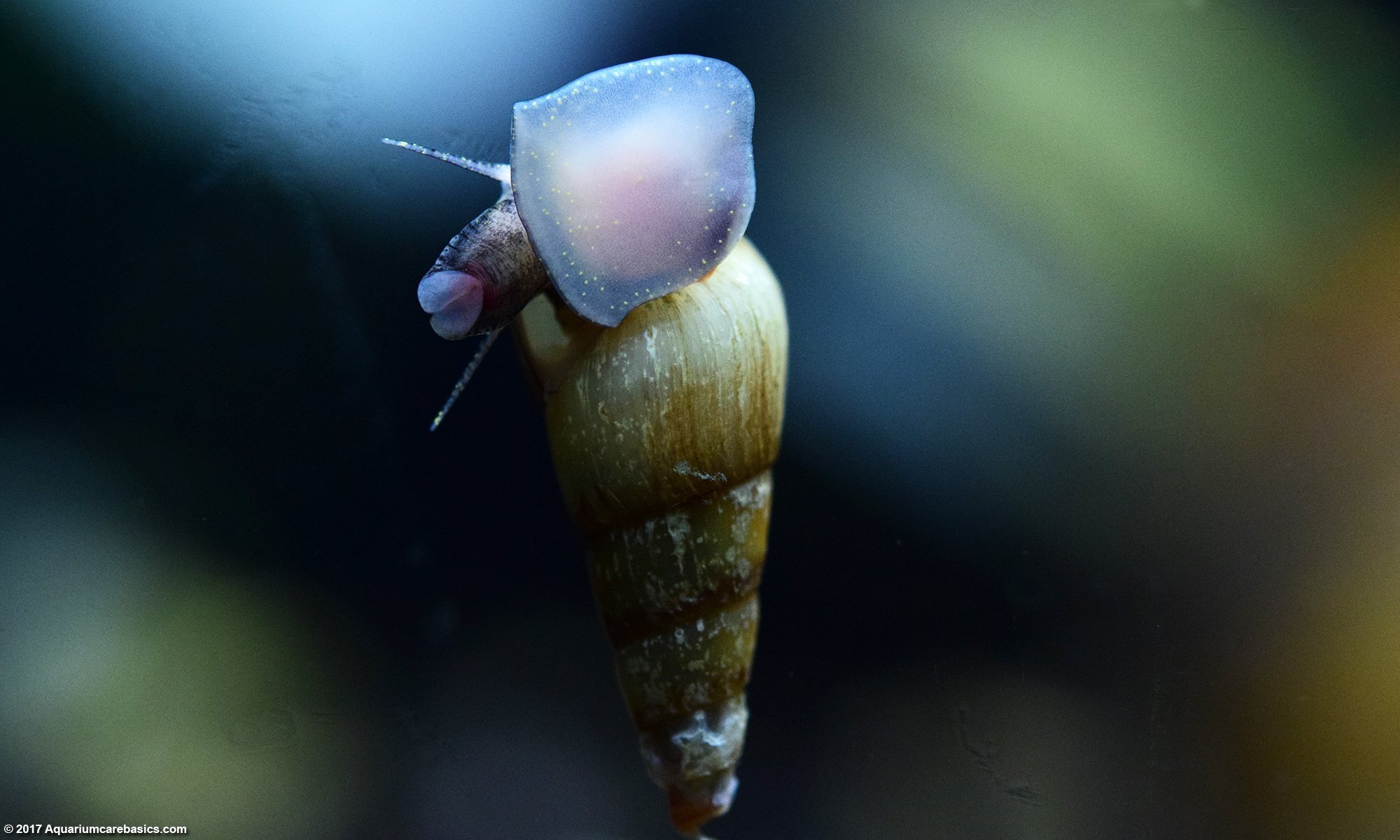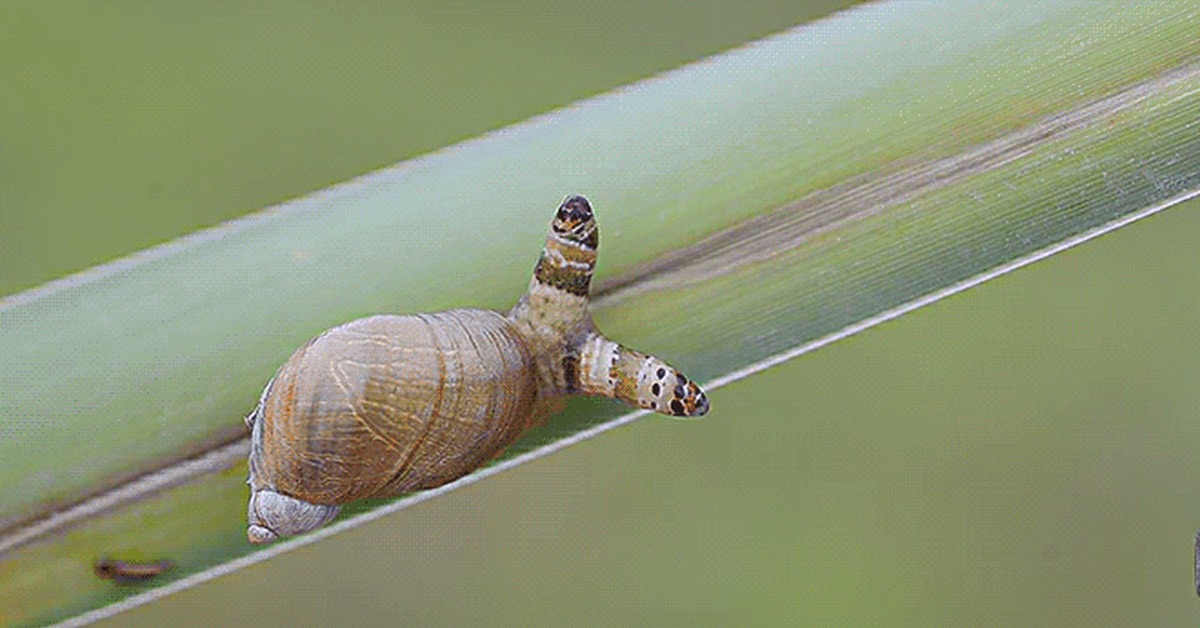Eradicating Excessive Malaysian Trumpet Snails: Effective Control Methods
Malaysian Trumpet Snails (MTS), while beneficial in small numbers, can quickly overrun a freshwater aquarium. These prolific breeders, known for their long, pointed shells, contribute to a cleaner environment by consuming detritus (decaying organic matter). However, an abundance of MTS can disrupt the delicate balance of an aquarium ecosystem. Here, we explore various methods for controlling a Malaysian Trumpet Snail population and maintaining a healthy tank.
How To Get Rid of Malaysian Trumpet Snails: Various Control Strategies

There’s no single magic bullet for eliminating MTS entirely. A multi-pronged approach is most effective. Here are several methods to consider:
Manual Removal
The most straightforward approach is manually removing visible snails. This can be done during routine tank maintenance using a net, tongs, or even your fingers. However, this method is time-consuming and impractical for a large infestation.
Habitat Modification
MTS thrive in environments rich in organic matter. Here’s how to modify their habitat to discourage their population:
- Reduce Feeding: Overfeeding your fish leads to excess food debris, a prime food source for MTS. Stick to a regular feeding schedule and provide only the amount your fish consume within a few minutes.
- Gravel Cleaning: Regularly gravel vacuum your substrate to remove uneaten food and waste products. This reduces the available food source for MTS and disrupts their breeding grounds.
- Substrate Selection: Opt for a finer-grained substrate like sand. MTS struggle to burrow and lay eggs in sand, making it a less hospitable environment.
Predator Introduction
Nature provides a solution: some fish species predate on MTS. Here are a few options to consider:
- Assassin Snails: These small, predatory snails target and consume other snail species, including MTS. However, they reproduce slowly and may not be effective for a large infestation.
- Pea Puffers: These pea-sized puffers are efficient MTS predators. However, they require specific tank conditions and may not be compatible with community fish due to their aggressive nature.
- Dwarf Chain Loaches: These peaceful fish are effective MTS hunters. However, they require a tank with a large footprint and specific water parameters.
Important Note: Introducing predators requires careful research. Ensure compatibility with your existing fish and adjust your tank setup to meet their needs.
Trapping Techniques
Several trapping methods can help reduce MTS numbers:
- Blanched Vegetables: Blanch a lettuce leaf, zucchini slice, or cucumber and place it in the tank at night. MTS are attracted to the food source and can be easily removed in the morning.
- Plastic Bottle Trap: Cut a hole near the top of a plastic bottle and bait it with a sinking food pellet. Weight the bottle with a rock and submerge it overnight. The snails will enter the trap through the hole, unable to escape due to the bottle’s shape.
Remember: These traps are most effective when used in conjunction with other control methods.
Chemical Control (Use with Caution)

Chemical treatments are a last resort due to potential harm to fish and beneficial bacteria. Thoroughly research any product before use and follow the instructions precisely. Consider these points:
- Effectiveness: Chemical treatments may not be specifically effective against MTS and could harm other invertebrates and beneficial bacteria.
- Safety: Improper use can harm fish and disrupt the tank’s biological balance.
- Long-Term Impact: Chemicals may not offer a long-term solution and can disrupt the tank’s natural ecosystem.
Preventing a Reoccurrence
Once you’ve controlled the MTS population, take steps to prevent a resurgence:
- Quarantine New Plants: Always quarantine new plants before introducing them to your main tank to prevent the accidental introduction of MTS eggs.
- Maintain Water Quality: Regular water changes and proper filtration ensure good water quality, reducing the detritus that fuels MTS growth.
Conclusion
By implementing a combination of these strategies, you can effectively control a Malaysian Trumpet Snail population and maintain a healthy aquarium environment. Remember, prevention is key. By maintaining good water quality, controlling food waste, and strategically selecting tank inhabitants, you can prevent an MTS infestation from becoming a problem in the first place.

